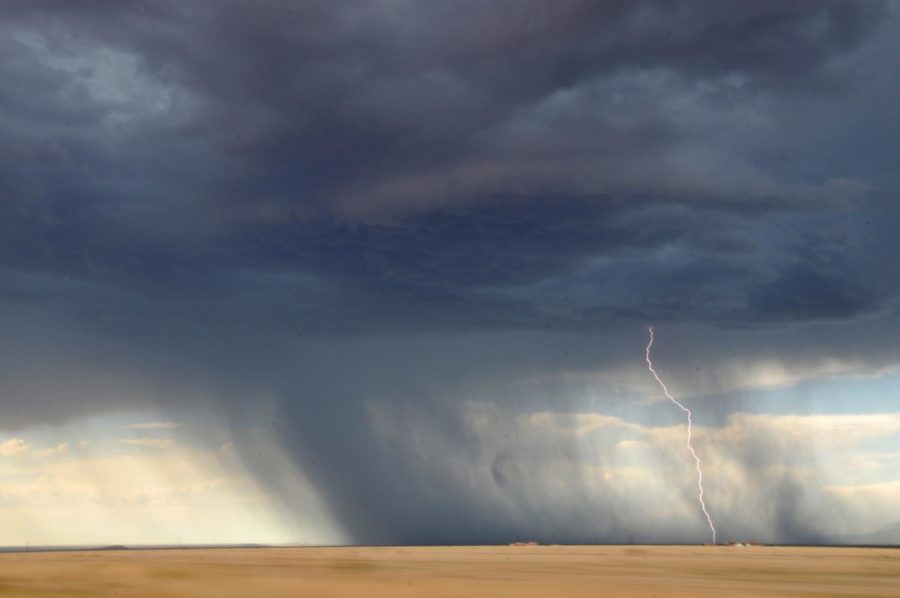Editorial: Severe weather season: be prepared
March 29, 2021
Spring is finally here and along with its beauty and rebirth, it brings the threat of severe weather. While it has remained quiet in Ames, the state has already seen a few storm reports, including a tornado in the southeast corner of the state. Severe weather can strike at any time and seemingly out of the blue. Therefore, it is always important for you to have a way of being notified about incoming threats and a plan to protect yourself.
Iowa sits in tornado alley, a section of the central United States where moist air from the Gulf of Mexico often meets unstable air from the western U.S. This natural phenomenon makes the Great Plains a breeding ground for some of Earth’s most powerful storms.
Iowa’s peak risk for dangerous weather lands in mid-June, but the threat is always existent. In 2020, 11 tornadoes touched down in the state on March 28, well ahead of schedule. The National Oceanic and Atmospheric Administration provides a great animation to see how the severe threat evolves across the country over the year.
Because of this ever-present threat, it is crucial you have ways of being notified and understand what they mean. The most well-known method of alerting the public of severe weather is the outdoor warning siren. Often called tornado sirens, they also alert the public to dangerous winds, as you may have seen during the Aug. 10 derecho, and any emergency that would require people to take shelter indoors. In many parts of the country, these sirens are tested on a regular basis.
According to Story County emergency management, most of the County tests on the first and third Wednesdays of the month at noon, with the exception of the city of Ames and Iowa State University, which both test on the first Wednesday of the month at 10 a.m. If you need to find the testing time where you live, the information should be available on the website of your local municipality or county emergency management agency.
While important, sirens are only intended to alert citizens that are outdoors. This means if you only rely on them for warning you could be oblivious to risk if you are indoors. That is why it is crucial for you to have a way to receive warnings. Either a phone notification or a weather radio would work.
iPhones include dangerous weather alerts in their base software. Make sure they are enabled in your notifications center. Apps such as AccuWeather and Weather Underground also provide alerts. Weather radios are available online and can be easily set up for your location and alert preferences.
Unfortunately, severe weather can still disrupt our lives even if we have proper warning. This can be as simple as hail dents on your car or as intense as the near-complete destruction of the power grid as we saw in Cedar Rapids last year. You should always be prepared for the worst and hope you never see it.
Part of this preparation is knowing the safest place in your house to take shelter in during a tornado or wind storm. The most central room on the lowest floor of the building is generally considered the best place to be. Protect your body and head with anything you have close by. Never shelter close to windows.
We also suggest keeping a small emergency kit. It should contain a flashlight and batteries, water, a bit of nonperishable food and possibly a battery power radio. This can provide a short supply of nutrition and information after the storm.
If you happen to be on the roads when torrential rain strikes, we encourage you to slow down and even stop to let the system pass. Driving with low visibility is a danger to all. And under no circumstances should you drive through flooded roadways. The water may be deeper than you think and it only takes about a foot of water to float most cars off the road.
Most years you can tackle severe weather season with common sense and basic awareness. Taking these few important steps can ensure you and your loved ones’ safety.

















